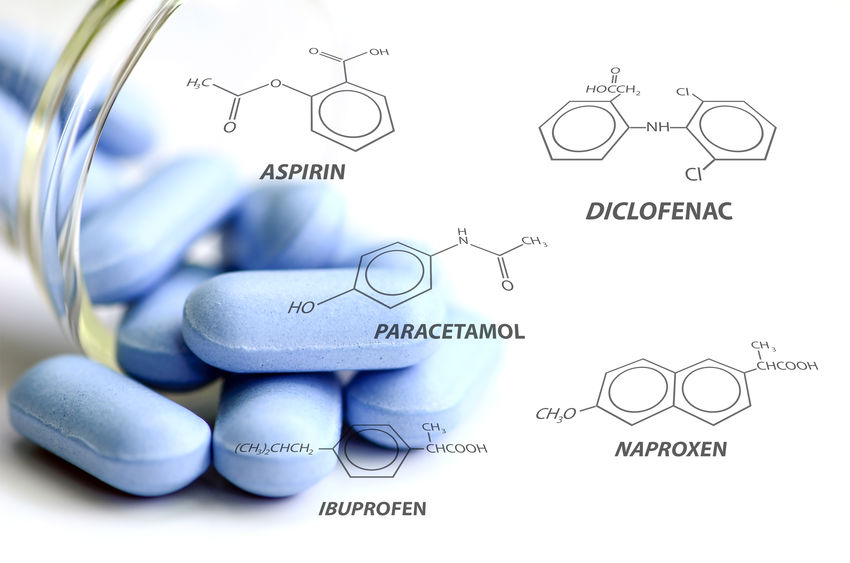
Everyone has experienced pain. In fact, it is one of the most common reasons why people seek medical help. According to the Centers for Disease Control and Prevention (CDC), results of a 2019 survey conducted by the national Center for Health Statistics found that 20.4% of American adults suffered from chronic pain.
Despite being common and recurrent in any family, pain is still a misunderstood and often ineffectively treated ailment up to this day. This is partly because every person’s pain is triggered by a different cause. Pain is not a disease itself but a manifestation or outcome of an illness or physical disorder such as inflammation, arthritis, fracture, etc. One way to alleviate pain is by using non opioid pain management.
There are two types of pain – acute pain which goes away when its cause is healed and chronic pain which goes on for a long time.
Because acute pain is temporary and easier to treat, we will talk about chronic pain more because it is what we actually want to know more about.
How is Chronic Pain Treated?
To eliminate chronic pain, the first thing health care professionals do to treat it is identify its cause. However, if the pain persists or its triggering is hard to find, the doctors only resort would be to treat or manage the pain to alleviate the sick person’s suffering.
Pain management can be done in different ways. The most popular ones include:
- Opioid Treatment
Opioid medications can effectively help to control acute pain like the pain patients experience after surgery. However, they can be risky when used to treat chronic pain because of their addictive properties.
Opioids are also called narcotics because they affect a person’s physical and mental state especially if they are administered incorrectly. You should avoid it as much as possible, but if it’s your last recourse, you must use it with your doctor’s supervision to avoid its harmful side effects,
- Non-Opioid Pain Treatment
This method of treatment refers to the use of pain relievers that do not contain opiates such as heroin, morphine and other prohibited substances. This type of treatment has gained popularity because of its efficacy. Some of the most popular non-opioid medicines include aspirin, acetaminophen, and non-steroidal anti-inflammatory drugs (NSAIDs) such as Ibuprofen.
- Surgery
Surgery – When other treatments aren’t effective, surgery can be performed to correct abnormalities in your body that may be responsible for your pain.
- Alternative Treatment
Alternative medicine is a method of treating pain without using traditional therapies. According to a government survey, 36% of adults in the U.S. confirm using some form of alternative medicine to alleviate pain. Here are some alternative treatments for pain:
Acupuncture
Acupuncture is a traditional Chinese medicine. It is administered through the use of special-purpose needles to stimulate body points that trigger pain. According to studies, acupuncture is an effective approach for treating back and neck pain, headaches, depression and anxiety.
Chiropractic
It is a type of alternative medicine that focuses on restoring the functions of your spine. It is performed by a trained and licensed professional called a chiropractor who applies different techniques to align your spine to relieve you from back pain and other aches.
Energy Therapy
Energy therapy is a type of treatment that’s focused on your body’s energy fields. There are two types of energy therapy. These are:
Magnetic Field Therapy. It’s a type of energy therapy that uses magnetic fields to relieve musculoskeletal problems. According to studies, it can heal osteoarthritis, fractures, and other pain conditions.
Reiki. Reiki practitioners hover their hands over a person’s body to channel their energy into the sick person’s body to promote healing. Due to lack of research, there is no evidence to prove that this method works.
Chronic pain is really a menace and you must do something to let it go away. While there are a number of ways to treat it, the non-opioid approach is the highly recommended method because it is safer.
If you experience pain at any point in your life, here’s what you must do:
- If you are bothered by persistent pain, always consider using non-drug treatments before taking synthetic painkillers.
- Choose medication with lesser side effects.
- Use NSAIDs or opioids as a last resort.
- Seek the help of a doctor if your pain persists for months and you’re still taking medication for it.
Pain, regardless of its cause and origin, is really a menace. It reduces your movement, affects your sleep and has a negative impact on your self-esteem. But for no reason should you bow down to it for it can only make matters worse for you. Overcome pain with Direct Pay Network’s safe, non opioid pain management and get the relief you want asap.
Call us at (866) 214-5920.
